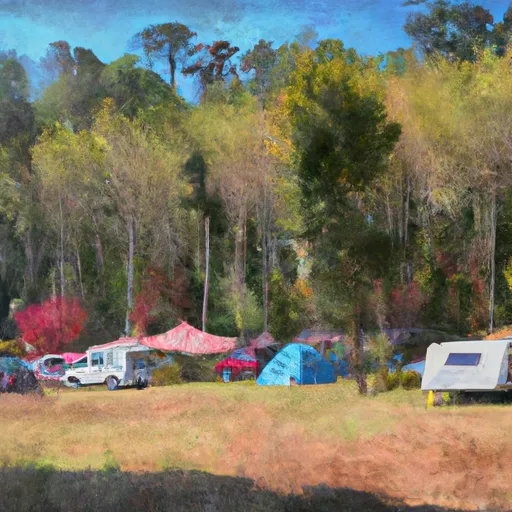Summary
The area is known for its abundant rainfall, with an average annual precipitation of 46 inches. The Willamette River runs through Corvallis, providing a vital source of water and recreational opportunities such as fishing, kayaking, and boating. The city also boasts an extensive network of parks and trails, including the 220-acre Bald Hill Natural Area and the Corvallis to Philomath Trail. Hiking, biking, and birdwatching are popular activities in these areas. Overall, Corvallis offers a diverse array of outdoor activities for nature enthusiasts.
Weather Forecast
Corvallis receives approximately 1180mm of rain per year, with humidity levels near 72% and air temperatures averaging around 11°C. Corvallis has a plant hardyness factor of 8, meaning plants and agriculture in this region tend to thrive here all year round.
Area Campgrounds
| Location | Reservations | Toilets |
|---|---|---|
 Benton Oaks RV
Benton Oaks RV
|
||
 Albany KOA
Albany KOA
|
||
 Philomath Frolic and Rodeo Grounds
Philomath Frolic and Rodeo Grounds
|

 Wildcat Park
Wildcat Park
 Cloverland Park
Cloverland Park
 Porter Park
Porter Park
 Village Green Park
Village Green Park
 29Th And Grant
29Th And Grant